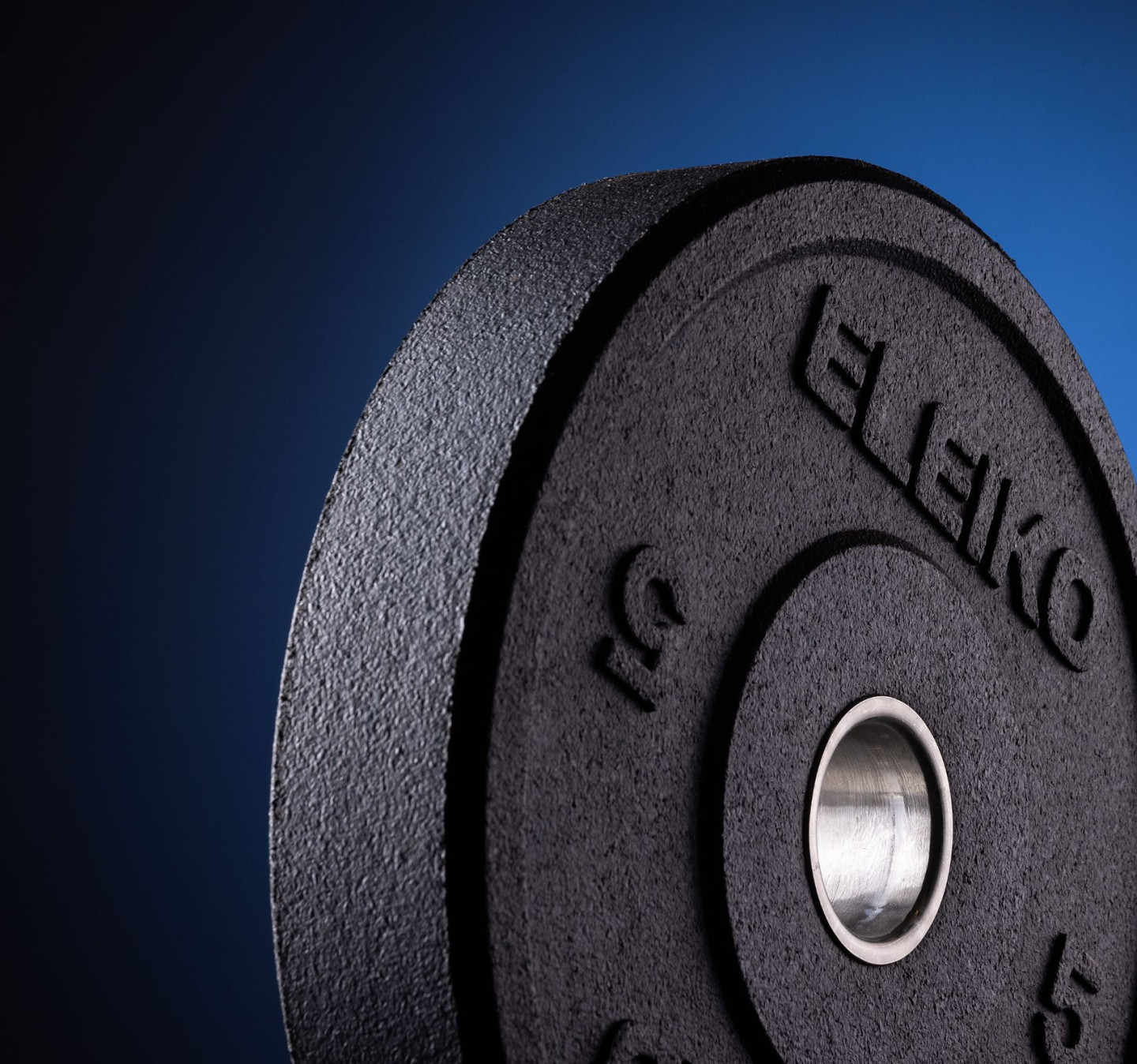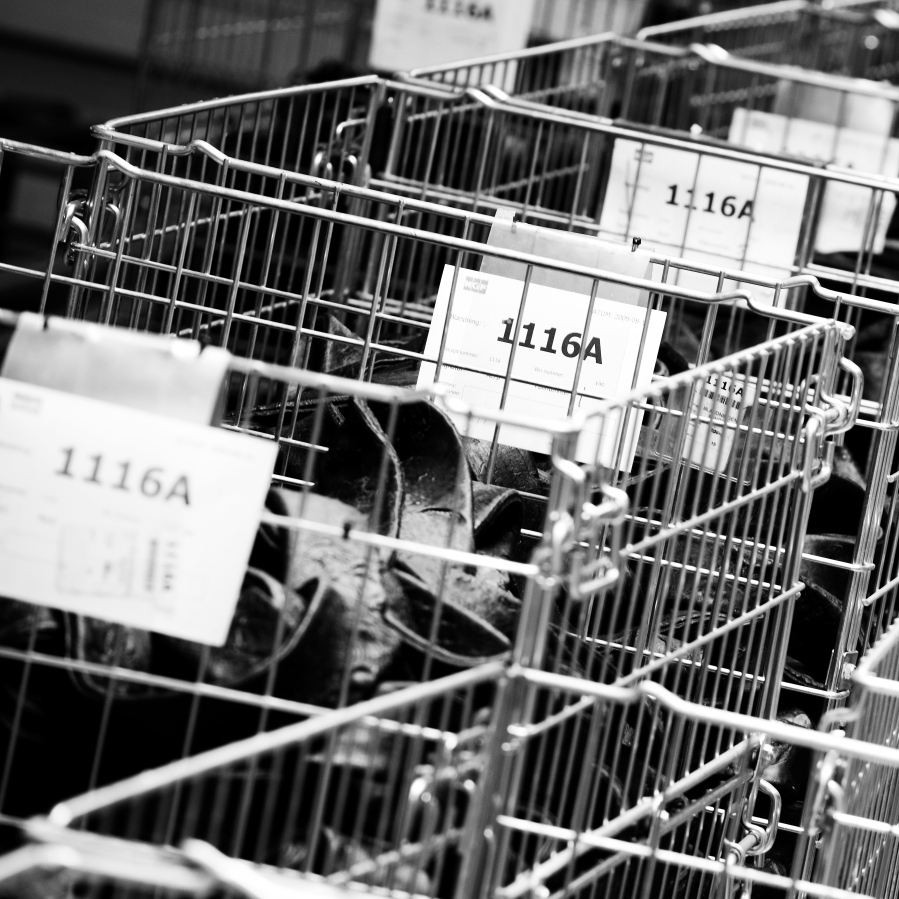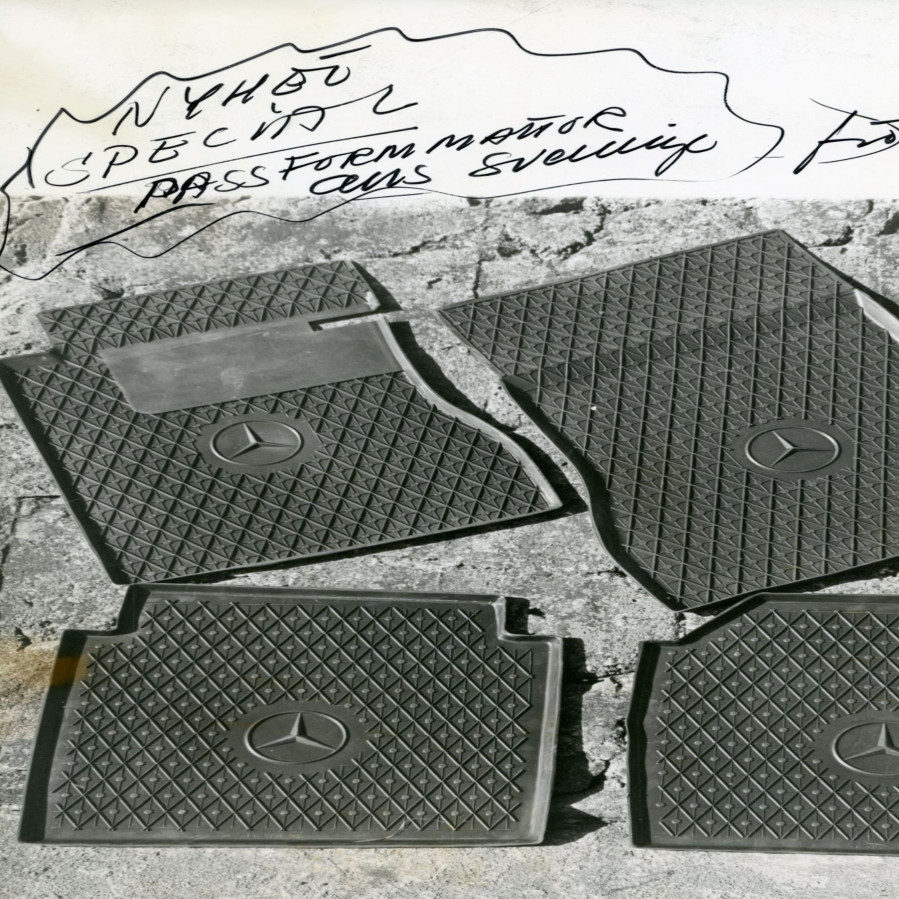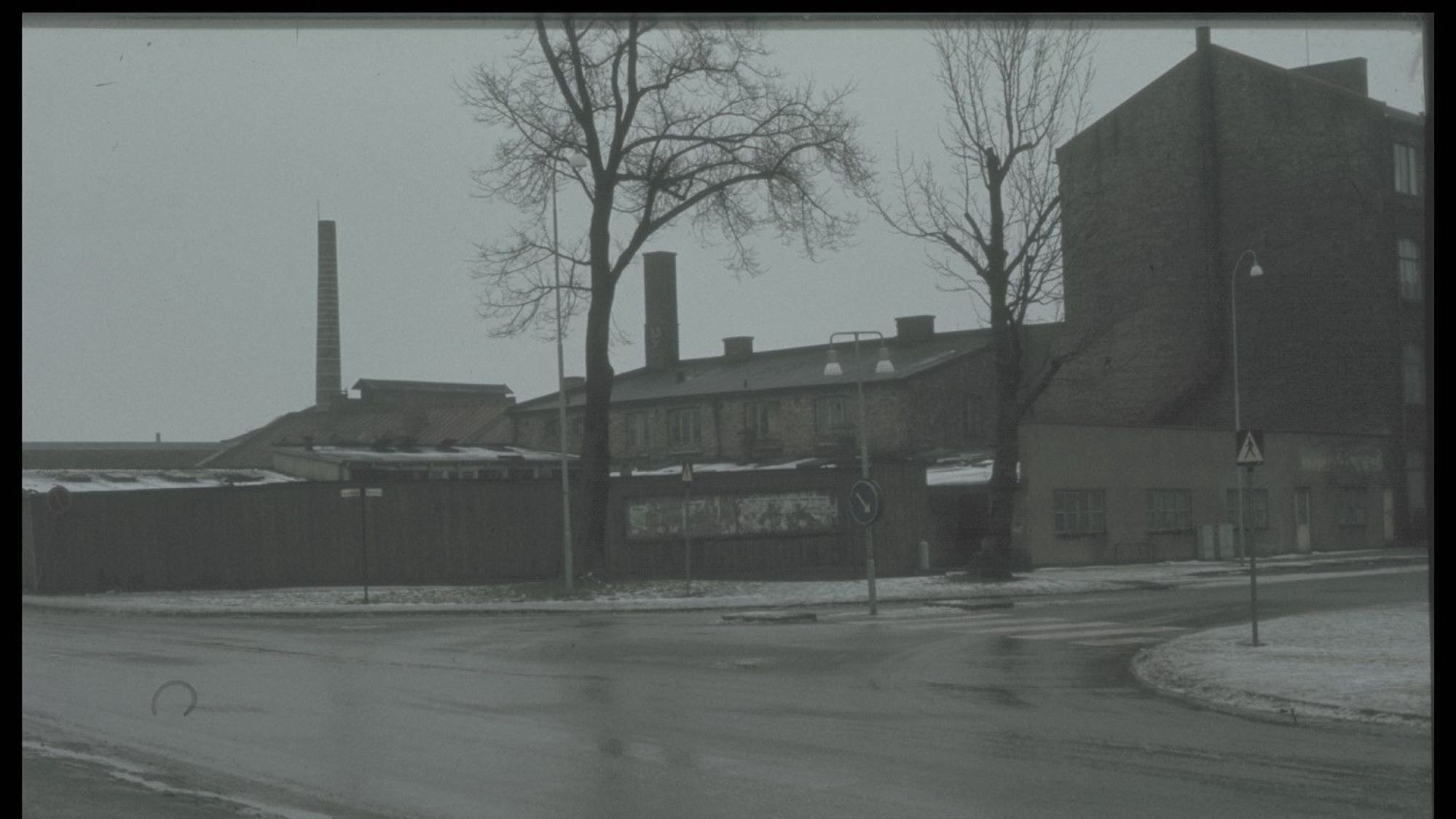We are proud of our history
But choose always to look forward
2020-2023
Just like many others, we could not have imagined how big impact the pandemic would have both locally and globally during these years. The closure of our plant in Riga, Latvia was a challenge that put our organization to the test. Despite this grim time, we always felt that we had made the right decision, which soon would be confirmed.
The majority of the presses at HGF-Riga were transferred to HGF in Halmstad, which gave the Halmstad unit both increased production capacity and new opportunities in the form of an even wider flora of presses. Within a year after HGF-Riga closed, the Halmstad unit's turnover on its own was at the same level as the whole group the year earlier.
There is a lot of interesting to tell from these years, but what stands out the most is also the single biggest event in HGF's history. A customer collaboration, which stretches back more than 20 years, within renewable energy is gaining momentum. Globally talk about switching to renewable energy is turning into action. In the middle of the current pandemic, HGF's team is developing a brand new and unique production line in record time, so that we together with our customer can meet the market needs.
Here we once again get a confirmation that we made the right decision when we chose to follow what always has been part of HGF:
• Strive for long-term relationships with both customers and suppliers
• Development together with the customer to reach the best solution
• Fully utilize our competence and know-how
• Focus on our employees - they are the company's heart and soul.

2015-2019
Between the years 2015 and 2019, work was initiated to return to HGF´s core and identity, a company with high technical competence and innovative ideas that offer solutions that are developed in close collaboration with our customers.
Several development projects including materials, processes and product design are started within this time period. These will later result in both patented solutions and for HGF historical moments.
In 2017, HGF turned 70, which was celebrated by staff together with families on site in our production unit in Halmstad.
The board decided that HGF should leave the automotive industry after more than 50 years as a Tier-1 supplier. (kontrollera svensk text)
In parallel are projects with recycled material being launched, more precisely recycled car tires.
Several development projects including materials, processes and product design are started within this time period. These will later result in both patented solutions and for HGF historical moments.
In 2017, HGF turned 70, which was celebrated by staff together with families on site in our production unit in Halmstad.
The board decided that HGF should leave the automotive industry after more than 50 years as a Tier-1 supplier. (kontrollera svensk text)
In parallel are projects with recycled material being launched, more precisely recycled car tires.
10s: Focus on development
The 2010s got off to a flying start with both new materials, a new process and the start-up of HGF's own development department.
The first delivery of all-weather mats in the material TPE takes place in 2015 and the customer is Honda. Volvo Cars was next in line to trust HGF to supply TPE floor mats for several models such as the V90/S90, XC60 and V60. Our long cooperation and high level of trust gave our customers the confidence to leave the responsibility to HGF when they would take the step to switch from rubber to TPE mats for some of their most important car models.
A sales office was also opened in Belgium in order to increase the presence at customers on the continent.
The first delivery of all-weather mats in the material TPE takes place in 2015 and the customer is Honda. Volvo Cars was next in line to trust HGF to supply TPE floor mats for several models such as the V90/S90, XC60 and V60. Our long cooperation and high level of trust gave our customers the confidence to leave the responsibility to HGF when they would take the step to switch from rubber to TPE mats for some of their most important car models.
A sales office was also opened in Belgium in order to increase the presence at customers on the continent.
00s: Our LEAN journey begins
At the turn of the millennium, thoughts began to form around a subsidiary abroad to start a supplementary production facility, the choice fell on Riga in Latvia.
In 2006, Lean production was introduced for the first time in the company's history. The goal was to lower costs in the various production facilities and to streamline all our work. It was initially a modest attempt, but is now a large part of HGF's philosophy and DNA.
Already within 3 years we had received our first award for our Lean work and there would be more.
In 2006, Lean production was introduced for the first time in the company's history. The goal was to lower costs in the various production facilities and to streamline all our work. It was initially a modest attempt, but is now a large part of HGF's philosophy and DNA.
Already within 3 years we had received our first award for our Lean work and there would be more.


The 90s: Full speed ahead
The 1990s were most clearly marked by the jubilee that 2.5 million rubber mats had been delivered to Mercedes Benz, which was the result of a long collaboration.
In 1993, production started of an innovation in the horse industry that came from a horse-interested lady named Lone Pedersen. High hopes were put into the that the rubber horseshoe would become a world sensation and it was marketed under the name Öllöv Original. The product has developed a lot since then and is still available at HGF.
At the same time, the collaboration and investment with a newly started company in the sealing segment began. What we didn't know at the time was that the collaboration would flourish and eventually result in becoming HGF's biggest customer in 2015.
In 1993, production started of an innovation in the horse industry that came from a horse-interested lady named Lone Pedersen. High hopes were put into the that the rubber horseshoe would become a world sensation and it was marketed under the name Öllöv Original. The product has developed a lot since then and is still available at HGF.
At the same time, the collaboration and investment with a newly started company in the sealing segment began. What we didn't know at the time was that the collaboration would flourish and eventually result in becoming HGF's biggest customer in 2015.
The 80s: Will HGF survive?
In 1982, it was again time for extensions, a new facility for injection presses was built. At the same time as this expansion, the law that all cars should be equipped with mudguards ceased to apply. There were extensive reports in the newspaper that HGF's biggest product would disappear overnight. Could HGF manage to loss of this high-volume product?
It turned out that we would cope with this change just fine, much thanks to the success of the rubber mats for the automotive industry. During the 80s, several large investments were made, including in the new material TPE. The technical manager, Göran Sanell, was convinced that the future as a supplier to the automotive industry lay in products made of this material....
... and he was right.
It turned out that we would cope with this change just fine, much thanks to the success of the rubber mats for the automotive industry. During the 80s, several large investments were made, including in the new material TPE. The technical manager, Göran Sanell, was convinced that the future as a supplier to the automotive industry lay in products made of this material....
... and he was right.
The 70s: HGF chooses to invest
In 1971, an investment was made that became something of a milestone in HGF's history. The at the time breathtaking sum of SEK 240,000 was used to invest in four modern compression machines from the Värnamo company Jochnick & Norrman.
The investment was large and the logic behind it was about investing big to be stay competitive or disappear - we chose to invest. Together, the presses have produced more than 50 million rubber mats for the automotive industry over the years.
In the late 70s, computerization took off and a big debate within the company followed. In 1978 we took a big step by investing in "computers", but the board disagreed about whether computers could really have a future.
The investment was large and the logic behind it was about investing big to be stay competitive or disappear - we chose to invest. Together, the presses have produced more than 50 million rubber mats for the automotive industry over the years.
In the late 70s, computerization took off and a big debate within the company followed. In 1978 we took a big step by investing in "computers", but the board disagreed about whether computers could really have a future.

1947 - The journey begins
The first official meeting between the prospective shareholders in the current AB Halmstads Gummifabrik was held on September 16, 1947. A year later, 13 employees started production in the factory that had been built on Skansgatan in Halmstad. The steam that powered the presses came from an old coal-fired boiler that had previously been used in a boat.
Just in time for the company's twentieth anniversary, the factory was moved to the current address on Knäredsgatan. The move was anything but easy, but production started after a month and at Knäredsgatan we have developed and thrived ever since.
The high runner products during the late 60s were rubber mats and mudguards for the automotive industry with customers such as Volvo, Ford, Fiat, GM and Peugeot. At this time, HGF's first chemist was also hired, the Slovak refugee Ladislav Kubicka, who added a lot of knowledge and innovative ideas which became very valuable for the company.
Just in time for the company's twentieth anniversary, the factory was moved to the current address on Knäredsgatan. The move was anything but easy, but production started after a month and at Knäredsgatan we have developed and thrived ever since.
The high runner products during the late 60s were rubber mats and mudguards for the automotive industry with customers such as Volvo, Ford, Fiat, GM and Peugeot. At this time, HGF's first chemist was also hired, the Slovak refugee Ladislav Kubicka, who added a lot of knowledge and innovative ideas which became very valuable for the company.

